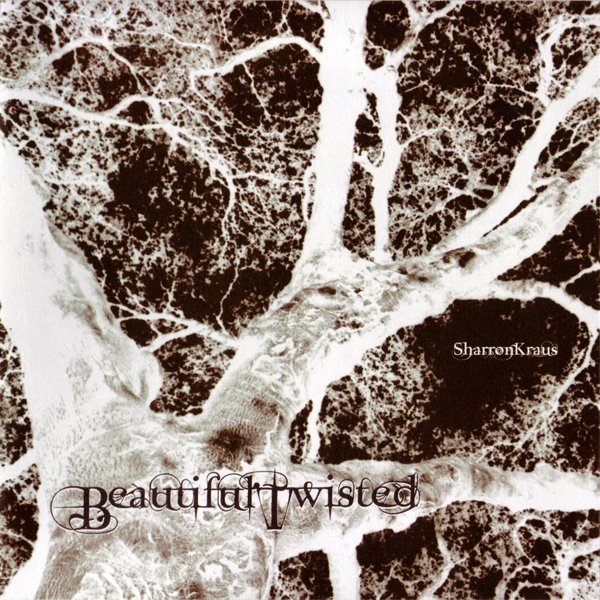Australian Tony Dale was the kind of enthusiast that gave music fans a good name, an anti-High Fidelity stereotype if you will. Music itself was part of a wider life, including a stint in his country’s armed forces and later work as a mechanical engineer, but besides maintaining a wide interest in art and culture in general, a particular passion for what could be called psychedelic music in its broadest possible sense led him to found one of the turn of the millennium’s most remarkable independent music labels, Camera Obscura. With a total of eighty-six releases as well as a further few on a smaller offshoot label, Camera Lucida, Camera Obscura arrived at a time when, thanks to dropping production and distribution costs combined with the ease of sharing information via the internet, there were enough avenues of support for him to carry his vision to a wider audience. Dale’s goal was to search out acts worldwide that struck his fancy and, if they didn’t already have a home, give them one.
In an interview, he once described Camera Obscura as “a mirror of my own tastes, rather than being specifically designed as a psychedelic label in the retro sense of being a conduit for bands that conformed to a certain set of codes set down in the late ‘60’s psychedelic music movement.” This showed in Dale’s work as one of the regular correspondents for Ptolemaic Terrascope, the UK-based fanzine that in its own similarly broad-minded understanding of what psychedelic music could be – from extreme noise blowouts to strange, fragile folk – helped him reach a similarly inclined audience. Using the example of the underground New Zealand label Xpressway in particular as a model for uncompromising art and independence, Dale’s concentration was primarily on the then-dominant CD format, with occasional vinyl singles and, especially towards the end of the label’s run as the first signs of a wider revival took hold, vinyl albums. While a few Australian acts did release work on Camera Obscura, most of its roster was from elsewhere, with the combination of good distribution and a slew of worldwide press coverage helping his efforts.
While there was no one flagship band, work from numerous acts regularly appeared on Camera Obscura, including longtime Seattle psych pop stalwarts the Green Pajamas, the trippy weirdness of Massachusetts quartet Abunai!, the mystic Pennsylvania-based folk of Stone Breath and Sharron Kraus, the exploratory jams of Primordial Undermind, the moody late-night explorations of Salamander, and the many later albums – as well as a key reissue of the earliest – by Arizona legends the Black Sun Ensemble. Many other acts appeared via one-offs, such efforts including New Zealand underground figure Alastair Galbraith, Philadelphia drone overlords Bardo Pond, the mesmerizing vocals and keyboards of Marianne Nowottny, the elaborate constructions of the UK’s Lazily Spun and the engaging grooves of Dale’s Australian compatriots the Sand Pebbles.
In a different world, Dale and Camera Obscura would still happily be here at the time of writing in 2022, but even as he like so many others had to struggle with the impact that the popularity of mp3s and cratering sales brought the wider industry in the 2000s, a worse situation emerged with a lymphoma diagnosis. Initial treatments brought some extra time but towards the end of the decade things took a clear turn for the worse, and he made the practical decision to end the label in mid-2010 in accordance with the Australian tax year to avoid leaving anything hanging for his family to deal with. He passed some weeks later, though not before he was given a remarkable gift by so many of the bands he’d supported via a private festival, where acts recorded live in studio/at home performances for him to enjoy. It was a proper salute to a fine and much missed figure, and while the label is now long gone, much of what was released on it has since been rereleased directly by the musicians on its roster, carrying forth the vision.




















